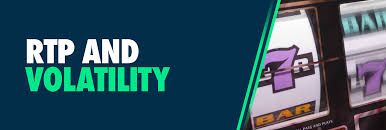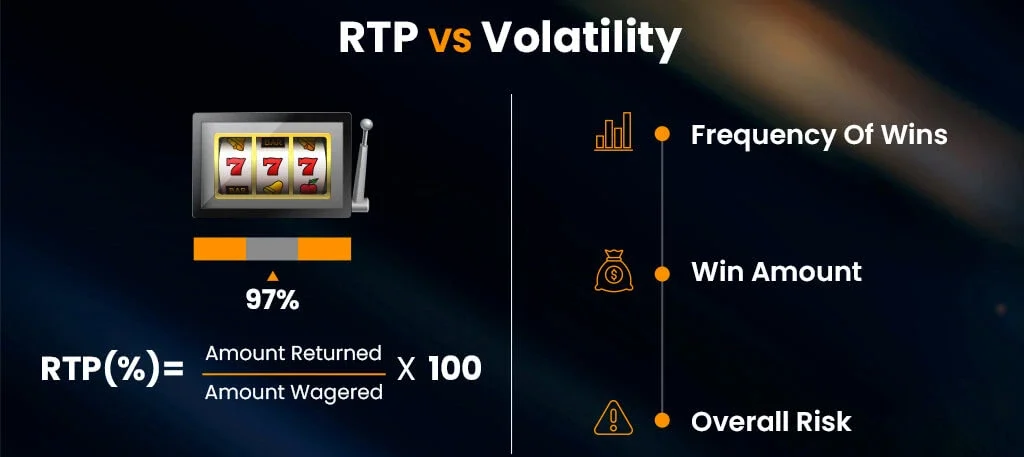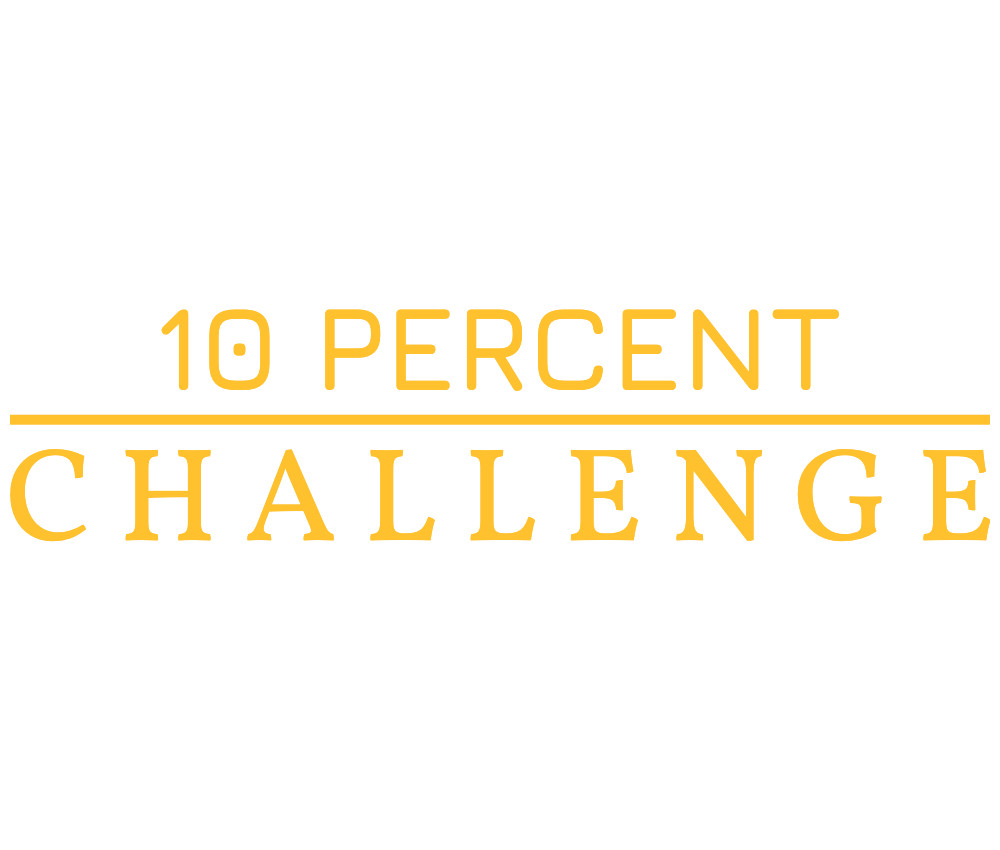When it comes to understanding slots and gaming mechanics, two critical concepts that players often encounter are RTP (Return to Player) and volatility. While at first glance these terms may seem similar, they represent different aspects of how a slot machine operates and ultimately influences a player’s experience. This section provides a comprehensive breakdown of RTP and volatility, exploring their definitions, implications, and why both are essential for any player looking to make informed choices.
Understanding RTP
RTP, or Return to Player, is a percentage that indicates the amount of wagered money a slot machine will pay back to players over time. For example, a slot with an RTP of 95% theoretically returns for every 0 wagered. However, it’s important to note that RTP is calculated over a significant number of spins. In short, it serves as a long-term indicator rather than a short-term performance measure.
What Is Volatility?
Volatility, also known as variance, refers to the risk associated with a particular slot game. It outlines how often and how much a player can expect to win. Slots can generally be categorized into three categories based on their volatility:
- Low Volatility: These games offer frequent, smaller wins. They are great for new players who prefer a steady stream of wins rather than high-stakes gambling. Players can expect to see payouts often, making it easier to keep playing without large risk.
- Medium Volatility: These machines strike a balance between frequent smaller wins and larger payouts. They cater to a broader audience, providing a mix of excitement and safer play.
- High Volatility: High volatility slots may offer infrequent but potentially substantial wins. While players can score big, there can be lengthy dry spells in between payouts. This level of unpredictability appeals to more experienced players seeking higher thrills.

The Relationship Between RTP and Volatility
While RTP and volatility are two separate concepts, they often intersect to shape a player’s overall gaming experience. A game with a high RTP may still have high volatility, meaning players might have to endure highs and lows in their gaming session despite the well-calculated return percentage. Conversely, a low RTP game can sometimes be low-volatility, giving players a steady stream of minor wins, albeit with little potential for larger payouts.
Why Understanding Both Matters
For players who want to maximize their enjoyment and potentially their winnings, grasping the nuances of RTP and volatility is crucial. Choosing a game should align with personal preferences and risk tolerance. For instance, a player who enjoys the thrill of big wins might opt for a high volatility game with a satisfactory RTP, while a more conservative player might choose a low volatility game to ensure more consistent winnings.
In conclusion, by gaining a deeper understanding of RTP and volatility, players can make informed decisions that align not only with their gaming style but also with their expectations for returns. The key lies in finding a balance that caters to both immediate satisfaction and long-term gaming enjoyment.
What Is RTP?
Return to Player, commonly abbreviated as RTP, is a term used in the gaming industry to indicate the percentage of all wagered money that a slot machine or casino game will pay back to players over time. This figure is crucial for players looking to understand their potential returns and the overall fairness of a game.
The Importance of RTP
Understanding RTP is essential for making informed decisions when choosing which games to play. A higher RTP percentage typically indicates a better chance of winning back your money over an extended period. For example, if a game has an RTP of 96%, it means that, theoretically, for every 0 wagered, the game will return to players over time, keeping as the house edge.
RTP in Practice
While the RTP percentage provides a guideline, it’s important to understand that this is calculated over a large number of plays, often thousands or even millions of spins. Individual experiences can vary wildly, and short-term gameplay may not reflect the theoretical RTP.
- Higher RTP: Games with RTPs above 96% are typically considered player-friendly, standing a better chance of returning funds.
- Lower RTP: Games with RTPs below 90% may be less favorable for players in the long run.
Factors Influencing RTP
Several factors can influence a game’s RTP, including:
- Game Design: Features such as bonus rounds, multipliers, and free spins can impact the overall RTP.
- Betting Options: Different bet sizes and lines can also affect the calculated RTP, as they can change the potential payout structure.
- Volatility: While RTP focuses on long-term payouts, volatility (which will be discussed further) impacts the frequency and size of wins.
RTP vs. House Edge
It’s important to differentiate RTP from the house edge. While RTP indicates the portion of wagers returned to players, the house edge represents the percentage of the total wagered that the casino retains. For example, if a game has an RTP of 95%, the house edge is 5%.
Conclusion
In summary, RTP is a fundamental aspect of online and traditional casino games that provides insight into their potential profitability. While it gives players a theoretical glimpse of what to expect, remembering that it reflects long-term performance rather than short-term outcomes is crucial. Thus, combining knowledge of RTP with an understanding of other elements, like volatility, can equip players with the strategies needed for a more rewarding gaming experience.

How Volatility Affects Wins
When it comes to understanding online slots, volatility (or variance) is a key factor that significantly impacts your gameplay experience and potential wins. Unlike RTP (Return to Player), which measures the average percentage of stakes returned to players over time, volatility indicates the risk level associated with a particular game. Understanding this difference is crucial for making informed betting decisions.
What is Volatility?
Volatility refers to the frequency and size of payouts in a slot game. Games can be classified into three primary categories:
- Low Volatility: These slots offer frequent but smaller wins. Players can expect to hit winning combinations more often, which can help maintain their bankroll and provide a steady gaming experience.
- Medium Volatility: These games strike a balance between frequency and payout size, appealing to a wide array of players. Wins are less frequent than low-volatility games, but payouts tend to be larger.
- High Volatility: High volatility slots yield larger payouts but come with the risk of longer dry spells between wins. Players may experience long periods without significant returns, but when victories do occur, they can be substantial.
Impact on Payout Frequency
The volatility of a slot machine directly influences how often players can expect to win. Choosing a game based on its volatility can suit different play styles and bankrolls:
- For Conservative Players: Low volatility games are suitable for those who prefer consistent, albeit smaller, wins. This approach can be more appealing for players looking to extend their gameplay and minimize losses over time.
- For Risk-Takers: High volatility games are attractive to players who are willing to risk more for the chance of hitting larger payouts. These players often enjoy the thrill of major wins, even if it means experiencing longer intervals without a payout.
Potential for Big Wins vs. Smaller Wins
High volatility games can offer massive jackpots and substantial payouts, but they require a different mindset. Players may need a larger bankroll to endure the longer gaps between wins and be mentally prepared for the risk involved.
Conversely, low volatility games may lead to a more stable return on investment, providing a series of smaller wins that can add up over time, making them ideal for casual players aiming for longer sessions without significant financial risk.
Choosing the Right Volatility for You
Deciding which volatility level is best for your gaming experience depends on several factors:
- Bankroll Size: Consider how much you are willing to risk. Low volatility may suit those with tighter budgets, while high volatility could be more appropriate for those with larger bankrolls.
- Time Commitment: Players seeking longer gaming sessions may prefer low volatility slots for their steadier payout frequency.
- Player Personality: Are you more risk-averse, or do you thrive on the excitement of big wins? Your personal gaming style should guide your choice.
In summary, understanding how volatility influences wins helps players choose the slot games that best align with their goals and preferences. By considering factors such as bankroll, session length, and individual risk tolerance, players can enhance their overall gaming experience and potentially maximize their wins.
